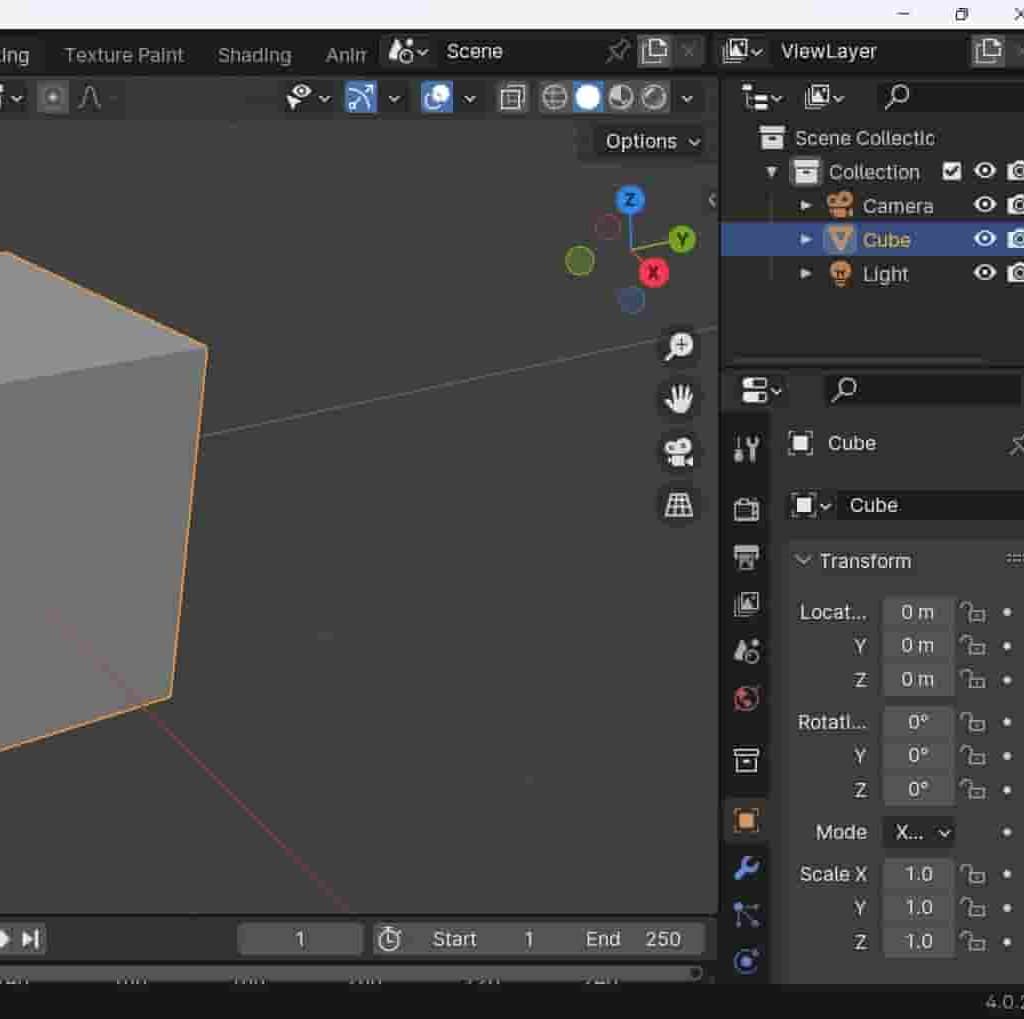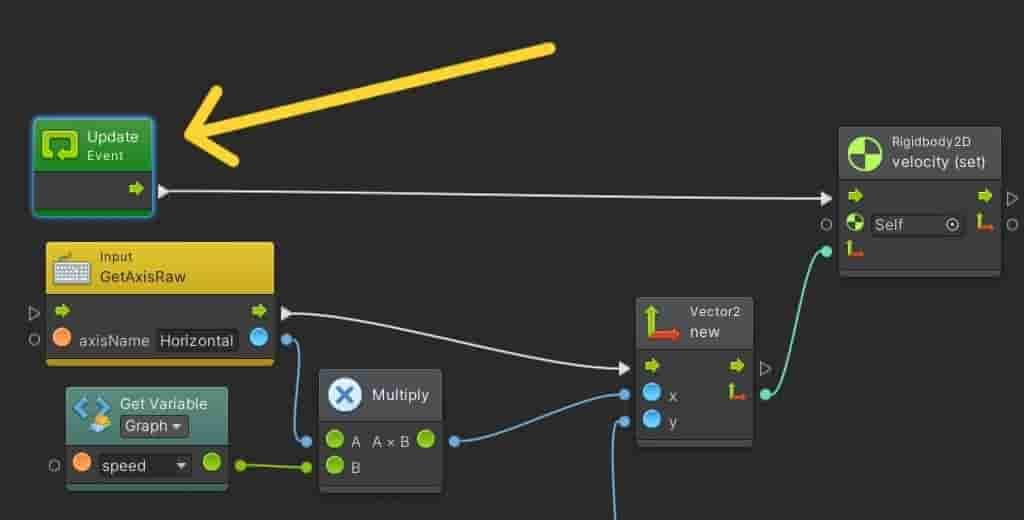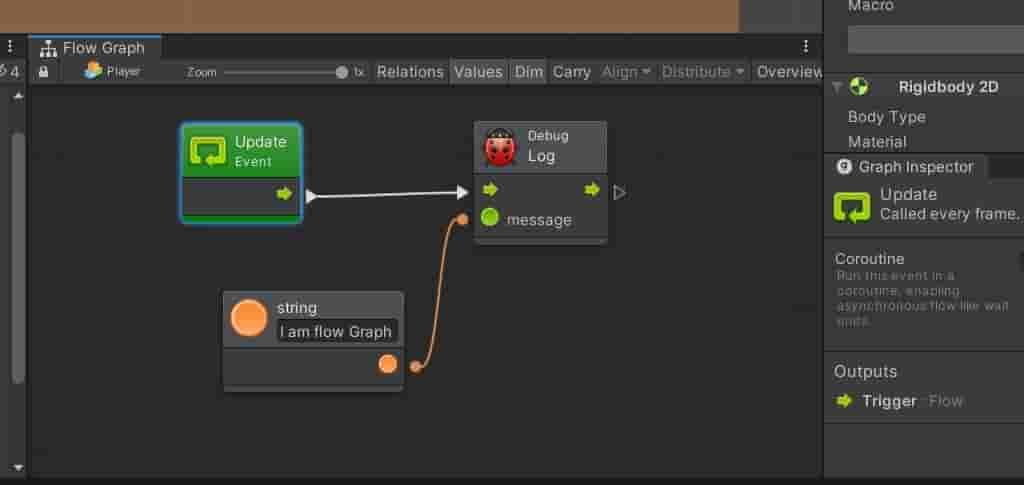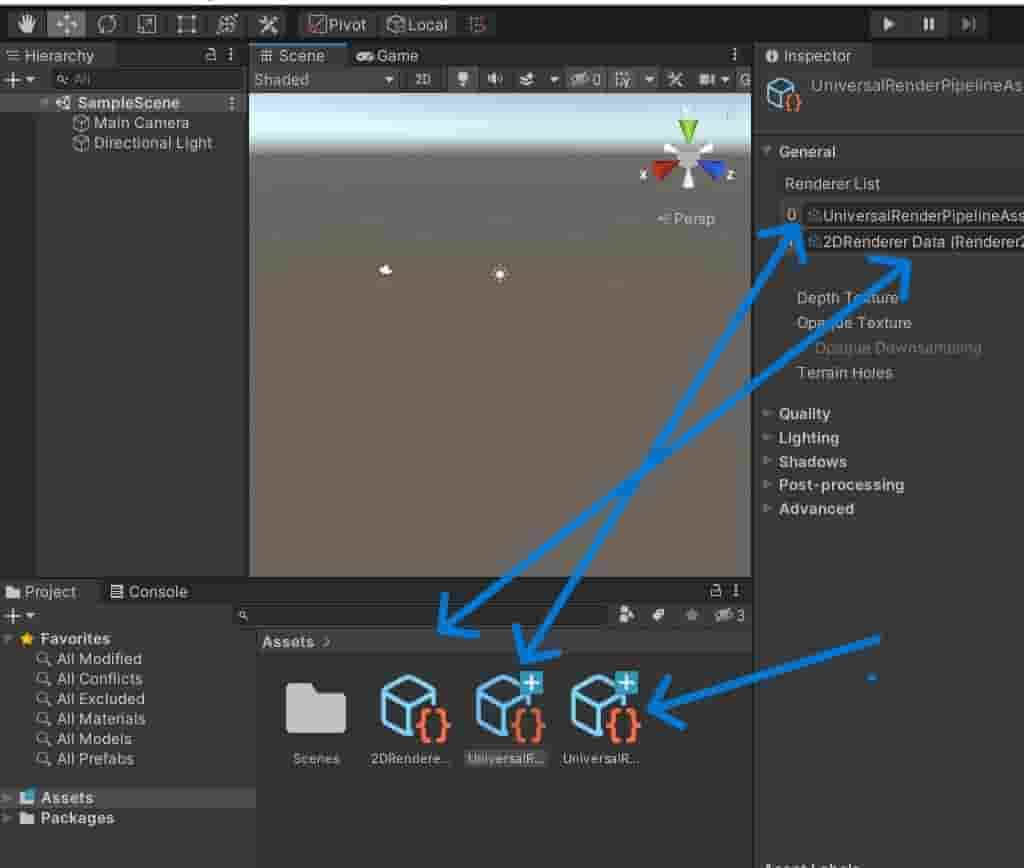Introduction:
Unity, the widely popular game development engine, offers a comprehensive set of tools for creating stunning and immersive virtual worlds. One of the standout features of Unity is its terrain sculpting tools, which allow developers to mold and shape landscapes with incredible ease. Whether you are building a realistic environment or a fantastical world, Unity’s terrain sculpting tools provide a wide range of possibilities for creating visually captivating scenes.
What are Unity Terrain Sculpting Tools?
Unity’s terrain sculpting tools are designed to empower developers to create complex and realistic terrains without the need for intricate coding or external software. These tools enable the shaping of landscapes through customizable brushes, allowing precise control over elevation, texture, and vegetation placement. With a few simple clicks, developers can craft valleys, mountains, rivers, and plateaus, and even add intricate details such as foliage, rocks, and other environmental objects.
Key Features and Benefits:
1. Versatile Elevation Control: Unity’s terrain sculpting tools offer a powerful elevation control system that allows developers to manipulate terrain height with precision. Whether it’s creating steep cliffs or gentle slopes, the tools provide intuitive brushes that can be used for adding or subtracting elevation, generating terraced landscapes, or carving out intricate cave systems.
2. Texture Painting: Developers can also define the visual appearance of their terrain by painting textures onto the surface. Unity provides a rich library of texture assets to choose from or import custom ones. This feature allows for the creation of diverse landscapes, including sandy beaches, lush forests, barren deserts, or snowy mountain peaks.
3. Realistic Foliage Placement: Unity’s terrain tools also include features for adding vegetation to the landscapes, including grass, trees, and bushes. Developers can easily populate their terrains with realistic foliage, adjusting density, color variation, and height distribution to breathe life into their virtual worlds. This adds depth and makes the environment feel more vibrant and immersive.
4. Advanced Tools for Fine-Tuning: The terrain sculpting tools go beyond the basics, offering a range of functionalities for fine-tuning terrains. These advanced tools include options for smoothing out rough edges, adding water bodies such as lakes and rivers, and simulating realistic erosion effects. These features enable developers to create highly detailed and visually stunning environments, enhancing the overall user experience.
Conclusion:
Unity’s terrain sculpting tools provide a comprehensive and user-friendly solution for creating visually captivating and realistic landscapes within game development. From terrain elevation manipulation to texture painting, these tools offer a wide range of possibilities to shape immersive environments. Whether you are a seasoned developer or just starting out, Unity’s terrain sculpting tools empower you to unleash your creativity. It brings your virtual worlds to life with stunning and engaging landscapes. Click here for details.




